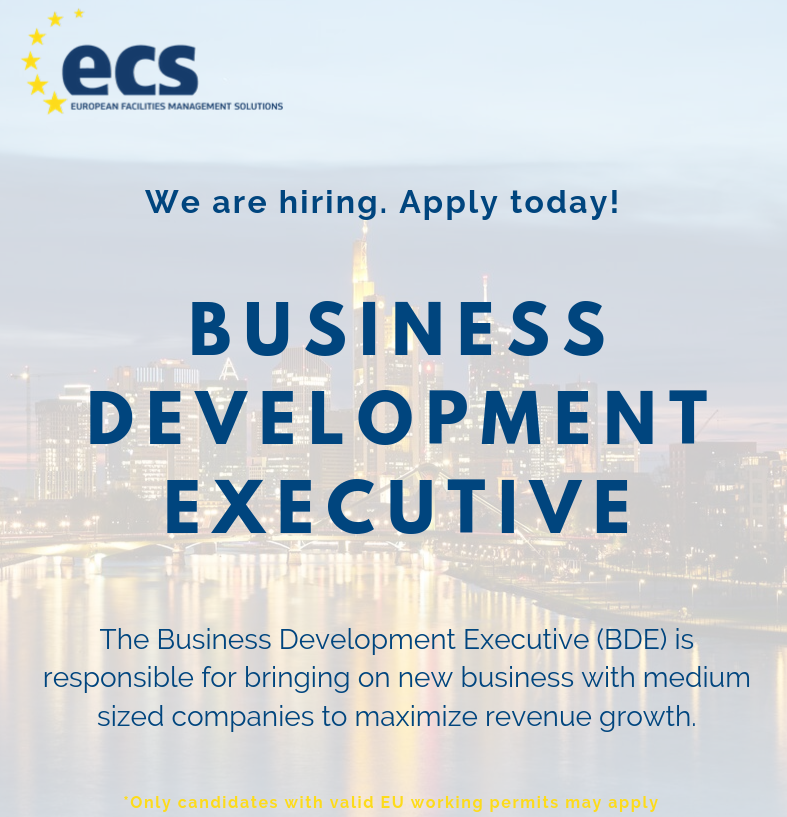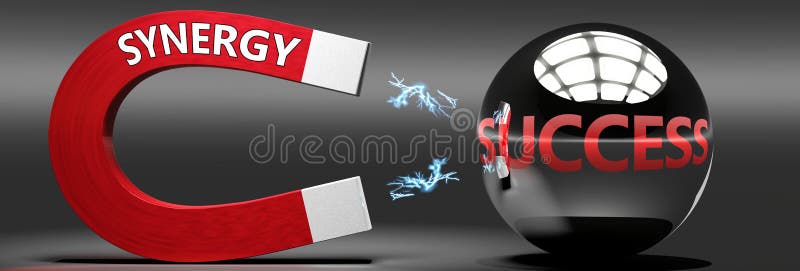$ 0.000 %
Synergy (SNRG) Rank 17204
Synergy is a peer-to-peer decentralized cryptocurrency that uses a dual-algorithm system to mine blocks. For the first 10 days, which contains the full PoW (proof of work) period, Synergy uses the X11 algorithm. Because X11 is unnecessarily inefficient after PoW, Synergy switches to SHA256d for the PoS period (proof of stake). SHA256d is easier on CPUs during syncronization and bootstrap because it requires only two hashes to verify a block whereas X11 requires 11 hashes.
The early part of the Synergy PoS period makes use of Turbo Stake, which awards Synergy holders greater interest for every stake. The multiplier is directly used in the reward calculation by multiplying it with the base Synergy interest rate of 10% per year.
Holders build the Turbo Stake multiplier over two days by staking consistently. After that, the multiplier will level out and the holder will stake with a consistent rate that depends on how much stake competes with his. The Turbo Stake period lasts 30 days from the time of launch.
Technology
- Ticker Symbol: SNRG
- PoW Algorithm: X11
- PoS Algorithm: X11, switching to SHA256d after 10 days
- RPC Port: 50542 (configurable with rpcport= option)
- P2P Port: 40698 (configurable with port= option)
- Tor Port: 38155 (configurable with torport= option)
- Block Times: 2 Minutes
- PoW Blocks: 4320 (6 days)
- 10% POS Interest per Year
- Max Turbo Stake Multiplier: 288
- Turbo Stake Lookback: 2 days Percent of Blocks over 2 days for Max Multiplier: 20%
- Max Money Supply after PoW: 250,001 SNRG
- Stake Minumum Age: 48 hours (2 days)
- Stake Maximum Age: 144 hours (6 days)
- Stake Maximum Reward Age: 8 days
- New Mint Spendable: 120 blocks (4 hours)
- Message Start (“Magic Bytes”): 0xf1, 0xe3, 0xe5, 0xd9
- Message Start Test Net: 0xaf, 0xb9, 0xd9, 0xff
- Application Data Folder Windows: “Synergy” OS X: “Synergy” Linux: “.synergy”
- Config File Name Windows: “synergy.conf” OS X: “synergy.conf” Linux: “synergy.conf”
| Mkt.Cap | $ 0.00000000 | Volume 24H | 0.00000000SNRG |
| Market share | 0% | Total Supply | 0.00000000SNRG |
| Proof type | PoW/PoS | Open | $ 0.00000000 |
| Low | $ 0.00000000 | High | $ 0.00000000 |
Principle of Synergy
Thus, the acquiring and target firms already have built into their stock values investor’s expectations of the increase in value that each company can achieve while operating as a stand-alone business. Synergy is the improvement in excess of these anticipated improvements, which makes success in the acquisition process a much more elusive goal. And the odds of successful achievement of this goal are generally reduced by the size of the acquisition premium paid. If most of the value-creating potential from the acquisition is paid to the sellers in the form of a premium, little potential value creation exists for the acquiring firm.

How M&A Can Affect a Company
Redundant management overhead was eliminated as well, further reducing expenses. As a result of the LKQ – Keystone acquisition, LKQ’s overall cost of doing business dropped while its sales increased.
If each is able to gather one million votes on their own, but together they were able to appeal to 2.5 million voters, their synergy would have produced 500,000 more votes than had they each worked independently. A song is also a good example of human synergy, taking more than one musical part and putting them together to create a song that has a much more dramatic effect than each of the parts when played individually. For example, a consequence of pesticide use is the risk of health effects. During the registration of pesticides in the United States exhaustive tests are performed to discern health effects on humans at various exposure levels. A regulatory upper limit of presence in foods is then placed on this pesticide.
Energy is a related term of synergy.

A detailed description of these synergies likely will increase the value of your company in the eyes of an acquirer. Even experienced buyers may not readily see all of the potential synergies in acquiring your business.
Synergy in literature
What is another word for symbiosis?
To put it simply, synergy means "two heads are better than one." Synergize is the habit of creative cooperation. "Synergy is not the same as compromise. In a compromise, one plus one equals one and a half at best."
Negative synergy is derived when the value of the combined entities is less than the value of each entity if it operated alone. This could result if the merged firms experience problems caused by vastly different leadership styles and company cultures. Shareholders will benefit if a company's post-merger share price increases due to the synergistic effect of the deal.
Quantum organizations are systems that are directly connected to the needs of the customers and the leaders, and they are inversely magnetized with each other. Glover define system as “bringing together…; an arrangement of things so related or interconnected which can form a unity or organic whole…; e.g., a number of bodily organs acting together…, typically seen as the circulatory system. This is similar to the organic model and metaphor for a bee hive where the actions of the members almost seem pre-programmed or a school of fish that can seem to all move at the same instant. The previously stated term; Synergy Leadership is a process where the interaction of two or more agents or forces combined effect is greater than the sum of their individual effects. The byproduct is an evolving phenomenon that occurs when individuals work together in mutually enhancing ways to achieve success by inspiring one another to set and accomplish both personal goals and a group vision.
Synergy is reflected on a company's balance sheet through its goodwill account. Goodwill is an intangible asset that represents the portion of the business value that cannot be attributed to other business assets. Synergies may not necessarily have a monetary value but could reduce the costs of sales and increase profit margin or future growth. In order for synergy to have an effect on the value, it must produce higher cash flows from existing assets, higher expected growth rates, longer growth periods, or lower cost of capital.
Companies that overlook this process are inviting unpleasant surprises and disappointment in the future. Managers assume that the know-how that is required for the synergy is within the organization and a lot of the time, this is not the case. This bias comes hand in hand with parenting bias because if you intervene to make synergies occur than you going to assume that your corporation has the skills required thereby overlooking the skills gap. This then makes it difficult for a positive synergy to occur and might then make the joint corporation a waste of resources and cause resulting in a negative synergy. The synergy effect is expected to be the core driver to improve sales, profit margins and the market positioning of the company.

Suppose there are two persons in the company to carry some load. If each person carries 10 Kg of material easily from one place to another but unable to carry 15 kg of material. If we combine these both persons working together and effectively, they can carry more than 20 Kg of material from one place to another.
As long as residues in the food stay below this regulatory level, health effects are deemed highly unlikely and the food is considered safe to consume. Pest synergy would occur in a biological host organism population, where, for example, the introduction of parasite A may cause 10% fatalities, and parasite B may also cause 10% loss. When both parasites are present, the losses would normally be expected to total less than 20%, yet, in some cases, losses are significantly greater. In such cases, it is said that the parasites in combination have a synergistic effect. or improved product line also may qualify the combined company to compete for business that was not available to either the acquirer or the target operating as stand-alone businesses.
For the merger to benefit shareholders, there should be cost-saving opportunities to offset the revenue decline. In other terms, the synergies deriving from the merger must exceed the initially lost value. When two companies in the same industry merge, such as two banks, combined revenues tend to decline to the extent that the businesses overlap in the same market and some customers become alienated. And it can result in several ways from the transaction’s synergy. Here we can give 1 more example to elaborate the concept of Synergy.

Synergy in the media
Why is synergize important?
synergy Sentence Examples. The agreement exploits the natural synergy between the two companies. To put on the concert, synergy between the organizers and the sponsors was required.
- In other terms, the synergies deriving from the merger must exceed the initially lost value.
- A song is also a good example of human synergy, taking more than one musical part and putting them together to create a song that has a much more dramatic effect than each of the parts when played individually.
- This team formation could result in increased capacity and workflow and, ultimately, a better product than all the team members could produce if they work separately.
- It is usually when two parties collaborate and create a culture of excellence that is mutually beneficial.
Companies can create synergies by creating or combining products or markets. For example, if a company sells consumer electronics, salespeople will be able to increase revenue by cross-selling products. If a prospect is looking for a computer, the company can also sell them their printers and wireless Internet routers.
What is perfect synergy?
Synergy. psychology Synergy or synergism (from the Greek synergos meaning working together, circa 1660) refers to the phenomenon in which two or more discrete influences or agents acting together create an effect greater than the sum of the effects each is able to create independently.

For buyers it is even more important to clearly understand the potential synergistic benefits of an acquisition prior to a close. Clear insight into both revenue and cost synergies drives a conversation around valuation. Understanding how and when these synergies will be realized is important in developing a deal structure that helps ensure that the synergies are captured appropriately. In some cases, combining companies can result in financial advantages the stand-alone companies would be otherwise unable to achieve individually. For example, smaller companies generally have to pay a premium when borrowing money relative to larger companies.
However, two mid-sized companies can merge and lower their combined cost of capital more than they could individually. There may also be unique tax benefits and possibly an increased debt capacity as a result of merging that would otherwise be unavailable. Synergy is defined by Harris and Moran as a cooperative or combined action, and occurs when diverse or disparate individuals or groups collaborate for a commoncause. The objective is to increase effectiveness by sharing perceptions and experiences, insights, and knowledge. It is usually when two parties collaborate and create a culture of excellence that is mutually beneficial.
A leader who promotes a culture of synergy can drive teamwork and improved results. The Cleveland Cavaliers performed like a working group in January rather than a high-performing team. In order to drive synergy and improve results, the Cleveland Cavaliers would have benefited from promoting teamwork, providing resources to encourage strong communication and allowing for the open discussion of ideas between the members of the team (Pennsylvania State University, 2018). Revenue synergies can create very attractive economics for both buyer and seller.
Synergy as a book
What are the types of synergy?
The word you're looking for is “dysergy” or “disergy.” In the medical field, 'dysergia' is the lack of muscular coordination due to defective nerve conduction. It has been known to be the opposite of 'synergy' in some colloquialisms.
The combined entity also may create certain tax benefits, such as use of net operating loss carryovers or the ability to incorporate in a jurisdiction that provides favorable tax rates. Acquirers are cautioned, however, to recognize that most financial economies cannot materially improve a company’s strategic position and seldom should be the driving force behind a transaction.

What are the types of synergy?
There are three common types of synergies: revenue, cost, and financial. A revenue synergy is when, as a result of an acquisition, the combined company is able to generate more sales than the two companies would be able to separately. For example, consider LKQ and Keystone.
A savvy seller can command a substantial premium when the revenue synergy that the selling company provides is unique to the buyer. Conversely, a savvy buyer can often easily justify paying a substantial premium confident that the increase in revenues post close will offset the additional consideration provided to the seller.
Achieving synergy begins with a clear understanding of what it is. Defining synergy as “a combination of businesses that makes two plus two equal five” or “the wonderful integration benefits from combined strategies and economies of scale” is imprecise and misleading. Synergy is the combined action that takes place when different individuals collaborate for one common cause that improves results by the sharing of perceptions, insights and knowledge (Moran, Abramson & Moran, 2014).

Investors anticipate improvements in the performance of both the acquirer and the target in the values they establish for each company as stand-alone entities. The synergies related to the acquisition must reflect improvements beyond those already anticipated.

Companies can also try to create synergy through the use of cross-disciplinary work groups, where team members bring unique skills and expertise to the team. For example, a company may create a product development team consisting of all-stars from the research and development division, the marketing division, and the production division. The members' combined skill sets and experiences can produce a better product than all the members could working separately.
What is synergy in leadership?
Synergy is the concept that the value and performance of two companies combined will be greater than the sum of the separate individual parts. Synergy is a term that is most commonly used in the context of mergers, acquisitions, strategic partnership, joint venture, franchise etc.






